Plants with Pollen That Cause Hay Fever in Australia
When am I likely to get hay fever (seasonal allergic rhinitis) from pollen in Australia?
Pollen seasons can cause hay fever & asthma almost year round in parts of Australia. Exposure to pollen is very difficult to avoid outside the house throughout a lot of the warmer parts of the year.
Grasses (particularly improved pasture grasses) that were introduced for livestock disperse vast amounts of airborne pollen, as do weeds. Not a lot of people know that troublesome non-native plants are usually more of a problem child than the natives; their pollen is more allergenic.
Grasses start pollinating in Spring into Summer; trees pollinate in the last part of Winter through to early Spring and some weeds pollinate from August through to May.
Atmospheric pollen loads are worse inland, because there are few barriers to wind borne dispersal.
I’ve compiled a table that lists some of the most allergenic plants in Australia, in terms of airborne pollen. The table is not complete and will be added to as more allergenic Australian plants come to my attention. Please feel free to add any plants that you’re aware of in the comments section and I’ll add them to the table.
Hay Fever: Pollen in Australia - When & Where.
| Plant Name | Distribution | Pollen Season | Plant Image |
|---|---|---|---|
| Casuarina (She-oak) Family: Casuarinaceae | Australia-wide | All year | |
| White Cypress Pine Callitris columellaris (Callitris glaucophylla & Callitris intratropica) | NSW (Northwest), QLD (Southwest) Minor Occurrence: WA, NT, VIC, SA | Late July - August. | |
| Bahia Grass Paspalum Notatum | NSW, QLD, NT, VIC | Oct-Dec | |
| Couch (Bermuda Grass) Cynodon dactylon | Australia-wide, particularly coastal & sub-coastal regions. | Dec-March | |
| Johnson Grass Sorghum halepense | ACT, NSW, QLD, SA, VIC & WA | Nov-Jun Summer to Autumn in Western NSW. Nov-May in SA. Nov-Jun in Perth & WA. | |
| Rye Grass Lolium rigidum | ACT, NSW, QLD, SA, VIC, WA | NSW - Spring to early Summer. SA - Oct-Mar WA - Spring & Summer. Perth - Sep-Nov | |
| Asthma Plant (Pellitory) Parietaria judaica | Likes urban areas (disturbed earth). Eastern NSW, Southern VIC, Southwestern WA & Southern SA | Spring to late Summer, can be all year in warm areas. | |
| Asthma Plant (There are more than one) (Spurge) Chamaesyce hirta | Most common in tropical & sub-tropical regions. Northern WA, NT, QLD & North Eastern NSW. | Year round. |
References:
Department of Agriculture & Food WA
Dr K. Baumgart ‘Allergic Rhinitis’ Medical Observer
Food & Agriculture Organisation of the United Nations

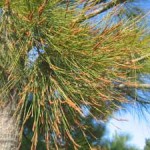
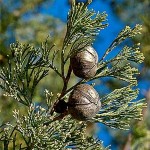
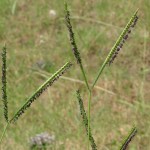
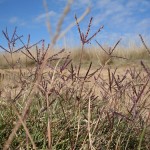
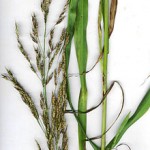
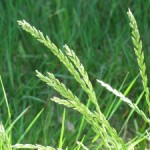
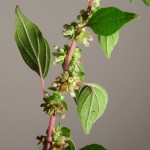
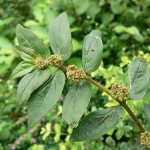
It appears that the above article wrongly refers to Lolium rigidum as Rye Grass (twice). It should be Ryegrass; Lolium rigidum is correct. This will lead to much confusion among readers!
Thanks, Dan. This is fixed.
Thanks Jon. The first really well designed web reference I have found.
But my seasonal rhinitis begins in March. Is still active in May. Actually goes to December some years but that might be different allergens.
So the only months I never have it are late December to mid March. Maybe someone out there knows what emits allergens from mid March in Adelaide?
I used to prevent it by eating honeycomb from bees but that isn’t working this year. Theory is the bees have eaten the allergen and I eat it rather than inhale it, thus getting my body to tolerate it.
Ah. Maybe wintergrass? https://www.allergy.org.au/patients/allergic-rhinitis-hay-fever-and-sinusitis/guide-to-common-allergenic-pollen/266-annual-blue-winter-grass shows season April to December but I had to spray wintergrass flowering in our lawn in late March this year.
Very grateful for the trouble you have gone to in your website, Jon. Previous post 2014, now 2017, hope you are managing your own allergies OK.
Welcome back and thanks very much for the lovely feedback, Sally. I’ll take a further look at the honeycomb and wintergrass and good luck with your allergies yourself.
Thanks,
Jon